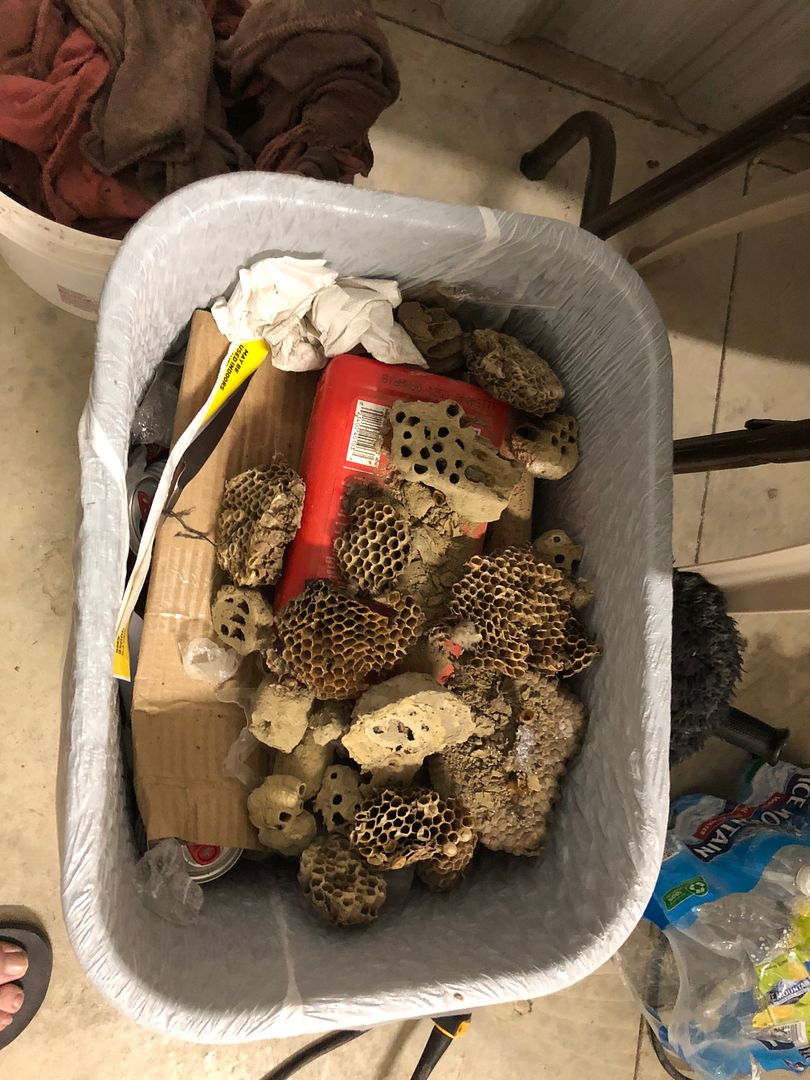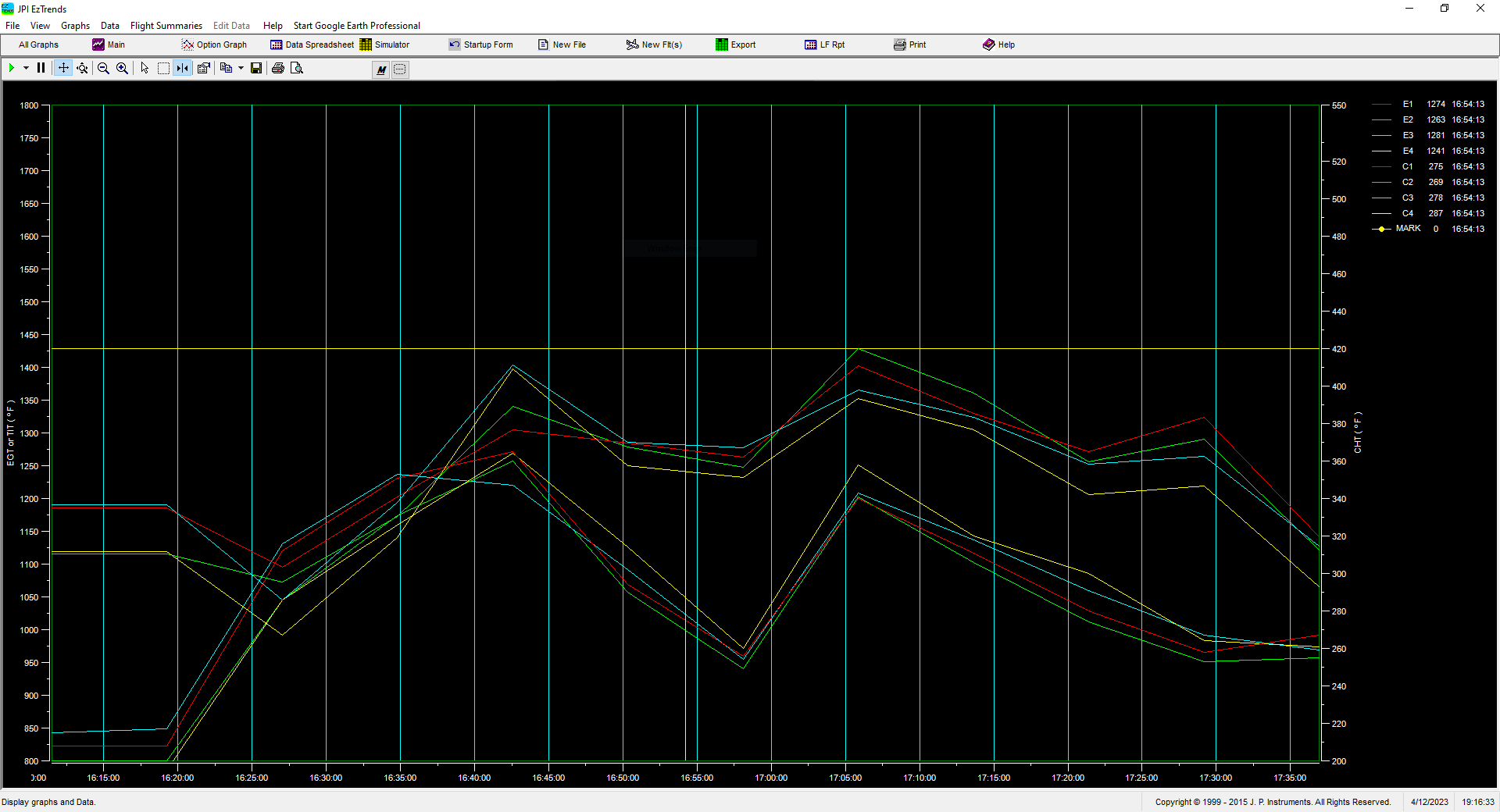NoHeat
En-Route
Yes, I'm curious if the oil analysis can provide relatively definitive info on if I should be concerned about engine damage or not - if anyone has any additional insight here I would really appreciate it!
Your best bet might be Blackstone, where you can write comments on the form when you send the sample in. Blackstone will reply specifically to your comments in the narrative that they provide with their report.



